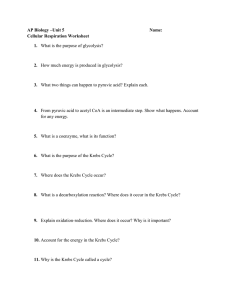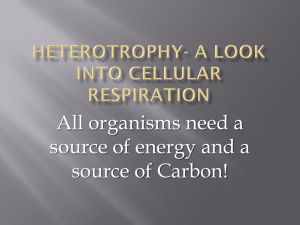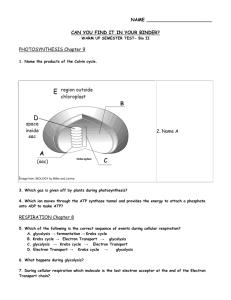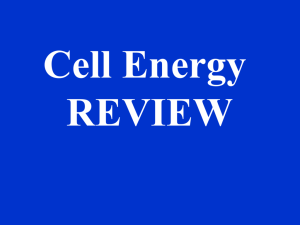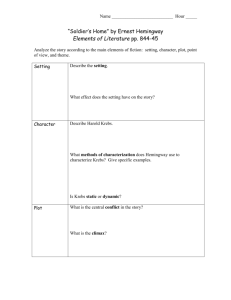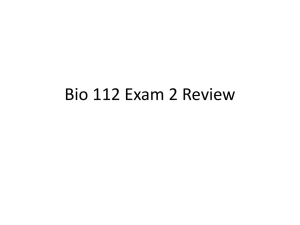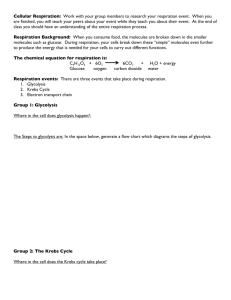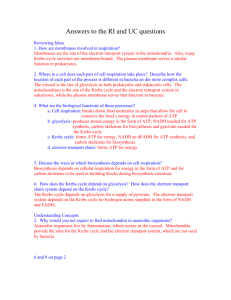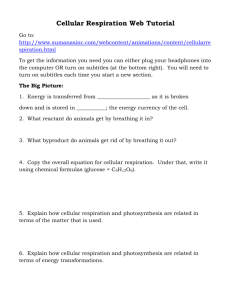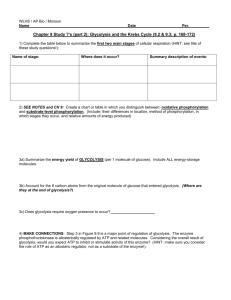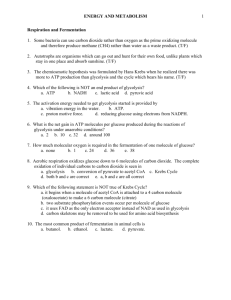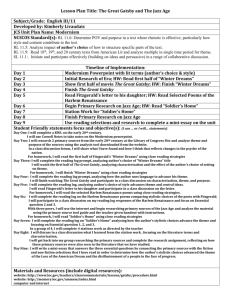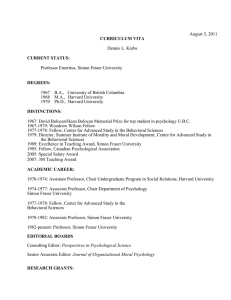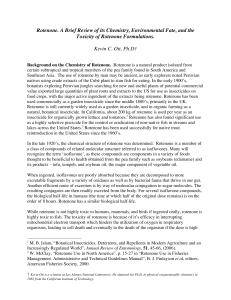What reactant (starting chemical) goes into glycolysis? (a) What is
advertisement
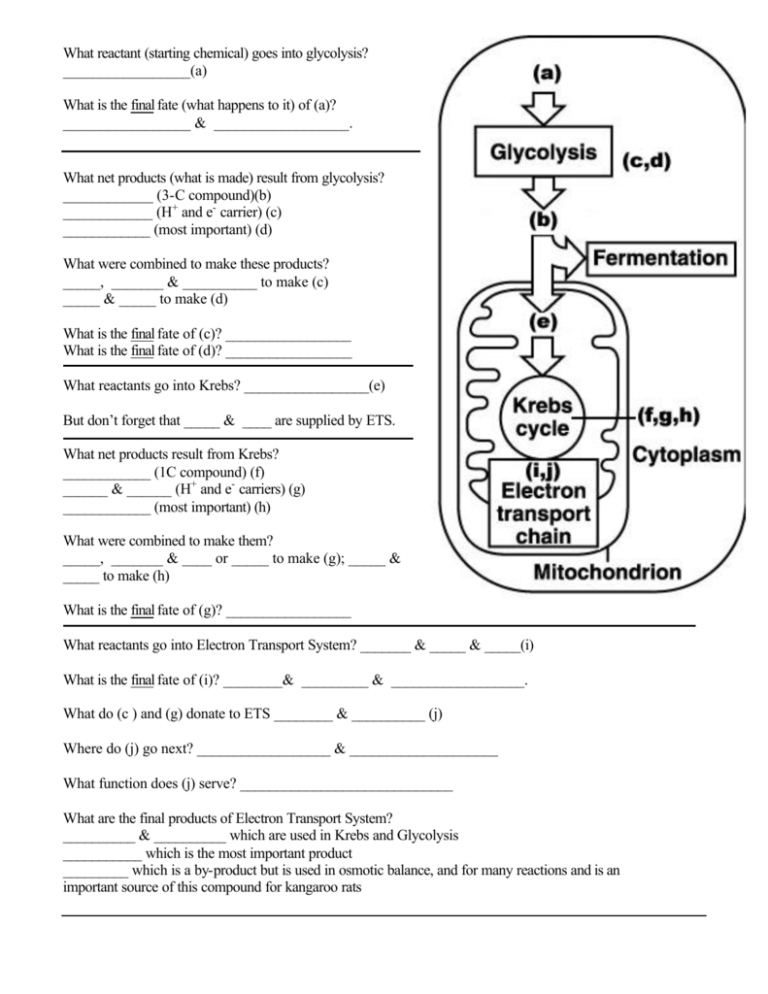
What reactant (starting chemical) goes into glycolysis? _________________(a) What is the final fate (what happens to it) of (a)? _________________ & __________________. What net products (what is made) result from glycolysis? ____________ (3-C compound)(b) ____________ (H+ and e- carrier) (c) ____________ (most important) (d) What were combined to make these products? _____, _______ & __________ to make (c) _____ & _____ to make (d) What is the final fate of (c)? _________________ What is the final fate of (d)? _________________ What reactants go into Krebs? _________________(e) But don’t forget that _____ & ____ are supplied by ETS. What net products result from Krebs? ____________ (1C compound) (f) ______ & ______ (H+ and e- carriers) (g) ____________ (most important) (h) What were combined to make them? _____, _______ & ____ or _____ to make (g); _____ & _____ to make (h) What is the final fate of (g)? _________________ What reactants go into Electron Transport System? _______ & _____ & _____(i) What is the final fate of (i)? ________& _________ & __________________. What do (c ) and (g) donate to ETS ________ & __________ (j) Where do (j) go next? __________________ & ____________________ What function does (j) serve? _____________________________ What are the final products of Electron Transport System? __________ & __________ which are used in Krebs and Glycolysis ___________ which is the most important product _________ which is a by-product but is used in osmotic balance, and for many reactions and is an important source of this compound for kangaroo rats So where is the O2 used? ______________ So where is CO2 Produced? _______________ So where does Rotenone have an effect? _____________ So where does Glycolysis take place? _________________ So where does Krebs Cycle take place? __________________ So where does Electron transport take place? _____________ So how are hydrogen ions (i.e. H+ or protons) involved in making ATP? And this happens when they move from the __________ through the ___________ into the __________ then return to the ___________ through the _____________________. So in which part of Cellular respiration does Rotenone have its effect? __________ It does this by preventing the formation of the __________ between the ____________ and the _______, which are separated by the inner mitochondrial membrane. Therefore there are no ___ to pass through the ______________ , which therefore cannot make ____ by chemisomosis. This will also stop the Krebs Cycle because there are no _____ and _____ returning from the ETS, which prevents the steps in the Krebs Cycle that involve removing ___ from the intermediary carbon compounds that supply them. If you could poke holes in the inner mitochondrial membrane what effects would you predict? The transport of hydrogen ions and electrons by the ETS would stop. The hydrogen ion gradient would increase. The manufacture of ATP would stop. ATP synthase is an enzyme. True False True False True False True False The additional work being done by the ETS would generate additional heat. True False
